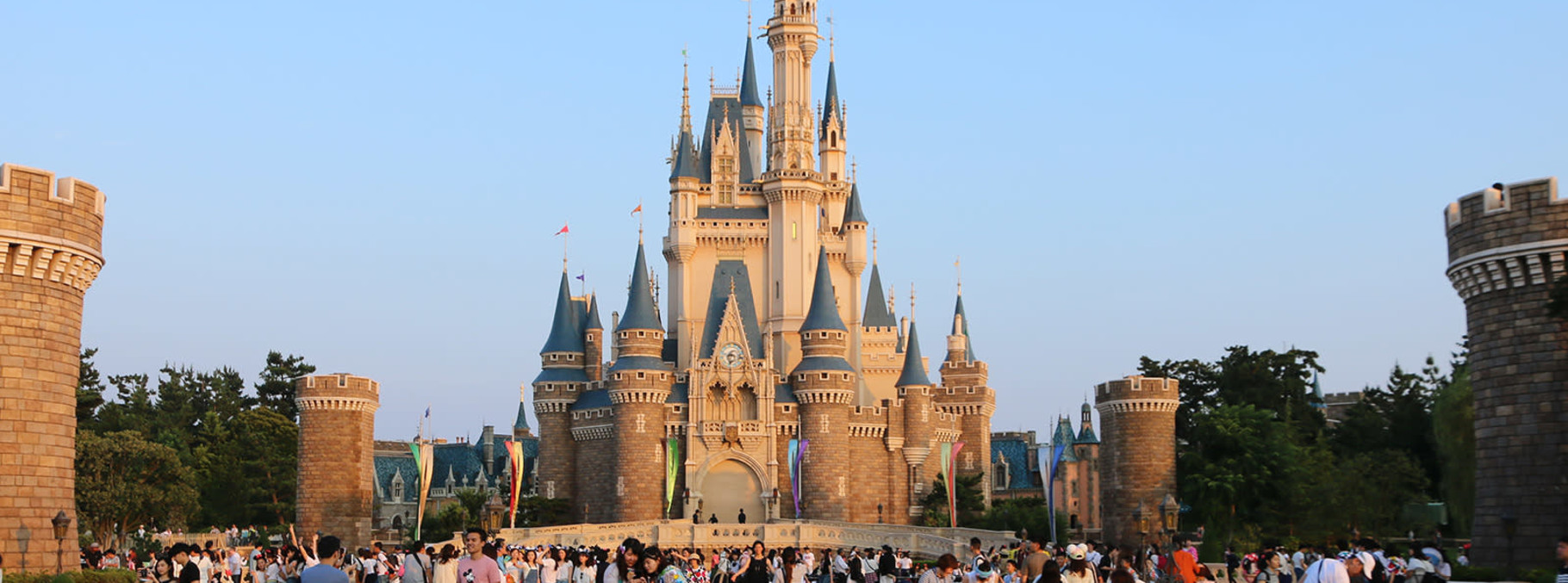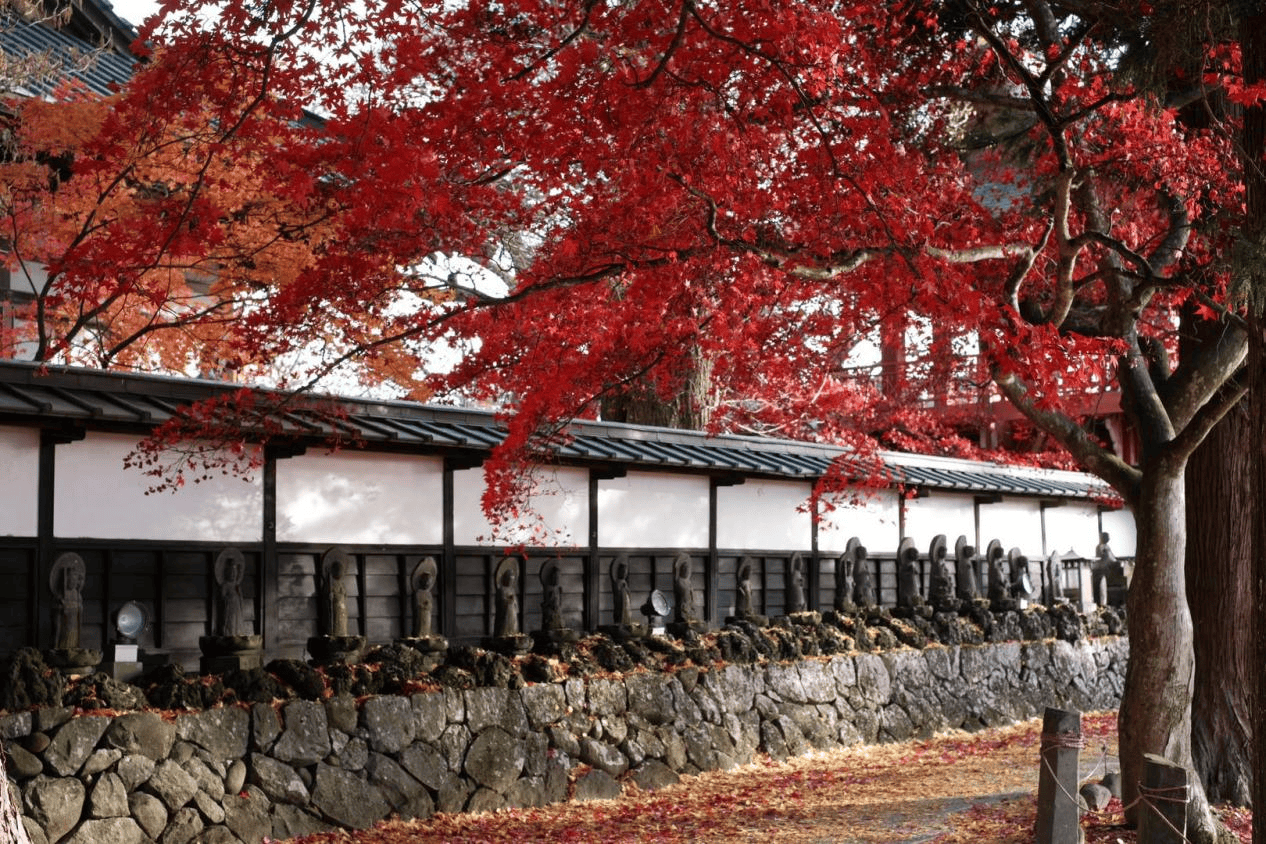
When you think of appreciating maple leaves in Japan, Kyoto often comes to mind first. It's true that Kyoto boasts numerous spots for maple viewing. However, in this feature, we'd like to guide you to a lesser-known yet stunningly beautiful location in Nagano Prefecture - Choenji Temple.
A Beautiful Contrast of Yellow and Red
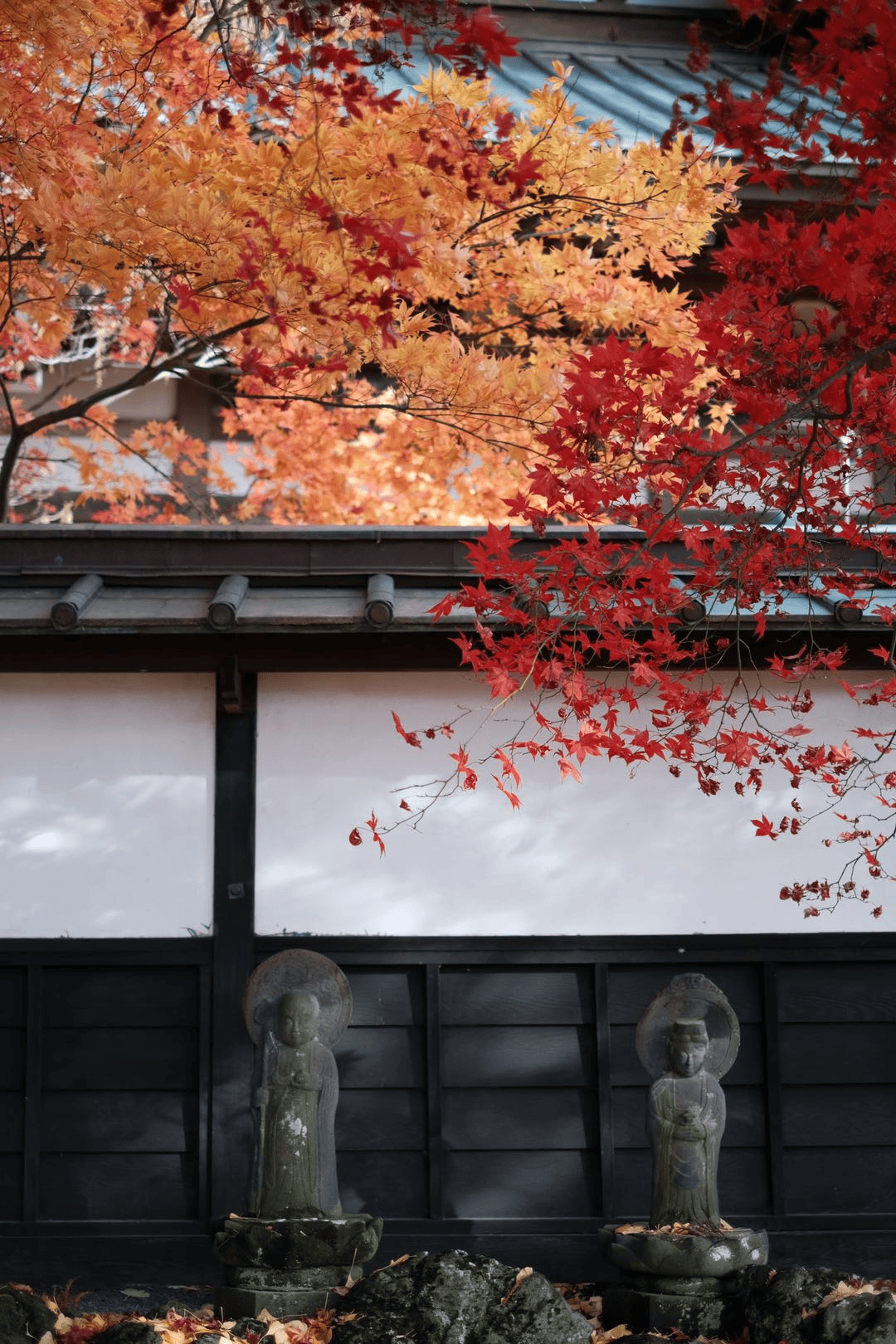 The striking blend of red and yellow maple leaves at Choenji Temple is a breathtaking sight. The peak time to witness this spectacle is from mid to late November. During this period, the radiant reds and bright yellows merge into a dynamic visual display.
The striking blend of red and yellow maple leaves at Choenji Temple is a breathtaking sight. The peak time to witness this spectacle is from mid to late November. During this period, the radiant reds and bright yellows merge into a dynamic visual display.
The temple's traditional architecture, set against the backdrop of vibrant yellow maples, radiates a unique, serene beauty. This scene isn't just a feast for the eyes; it's a deeper appreciation of nature's artistry. The maples, some over a century old, stand as silent witnesses to the passage of time.
Complementing the red maples are the golden ginkgo trees at Choenji Temple. These trees usually turn a brilliant yellow in late autumn, creating a striking contrast with the red leaves. As the leaves gently fall, they carpet the temple's paths, adding to the tranquility and historical depth of this ancient site.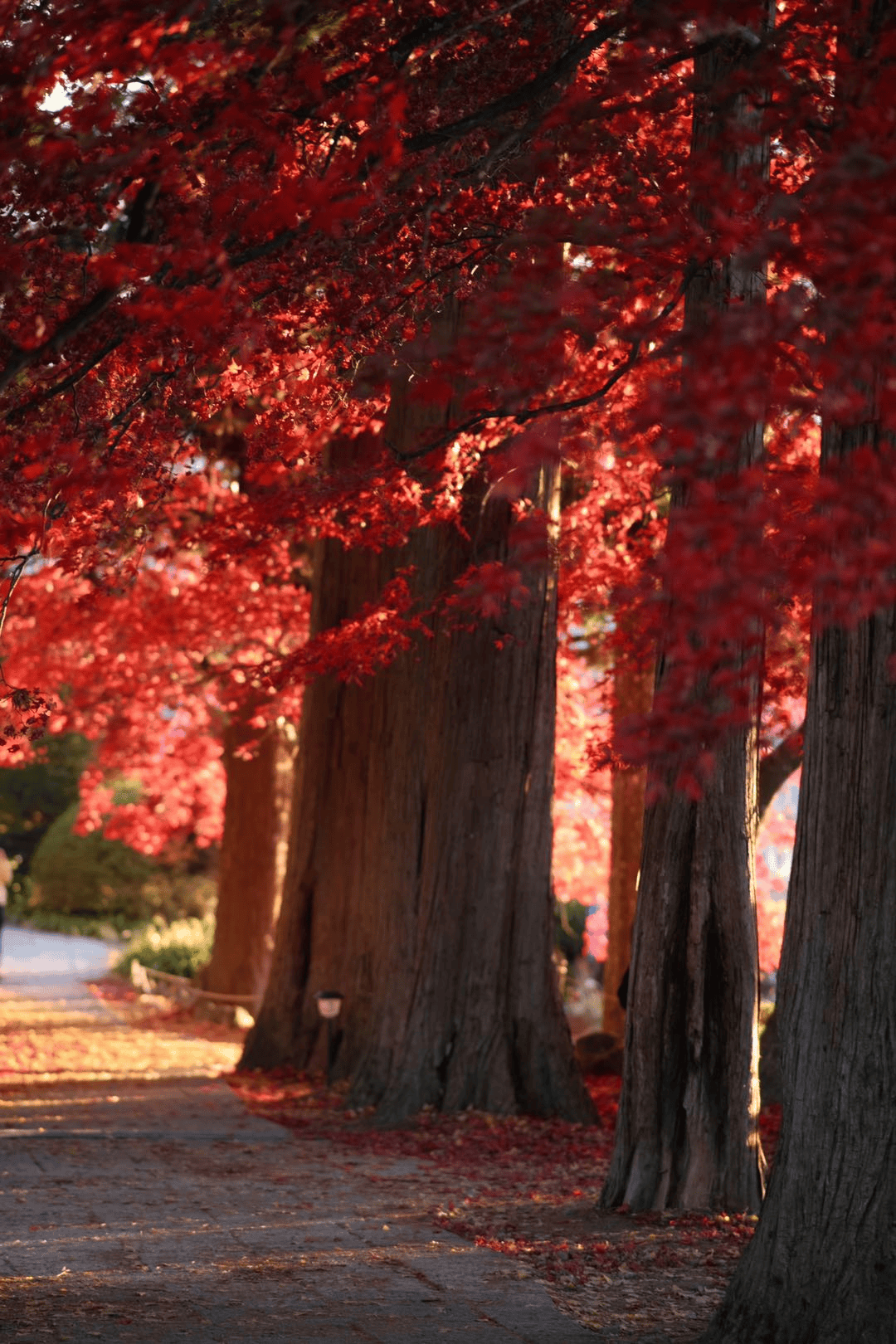
Additionally, the majestic giant cedars lining the approach to Choenji Temple add to its solemn ambiance. The red maples weave their way up, intertwining with these cedars and reaching towards the sky, creating a grand visual spectacle. This interplay crafts a stunning illusion where the cedars themselves seem to become part of the maple trees, particularly as the sunset light filters through, casting a dreamlike glow on the path.
However, this mesmerizing scene is fleeting, lasting less than half a month each year. As the month draws to a close and the north winds begin to blow, the red leaves quickly fade and fall. This transient beauty echoes the Buddhist wisdom that “Everything has its potential.” Like dew on the morning grass, these changes remind us of the impermanent nature of the world. In this way, it's as if Buddha himself is using these natural cycles to impart lessons about life.
Historical Importance
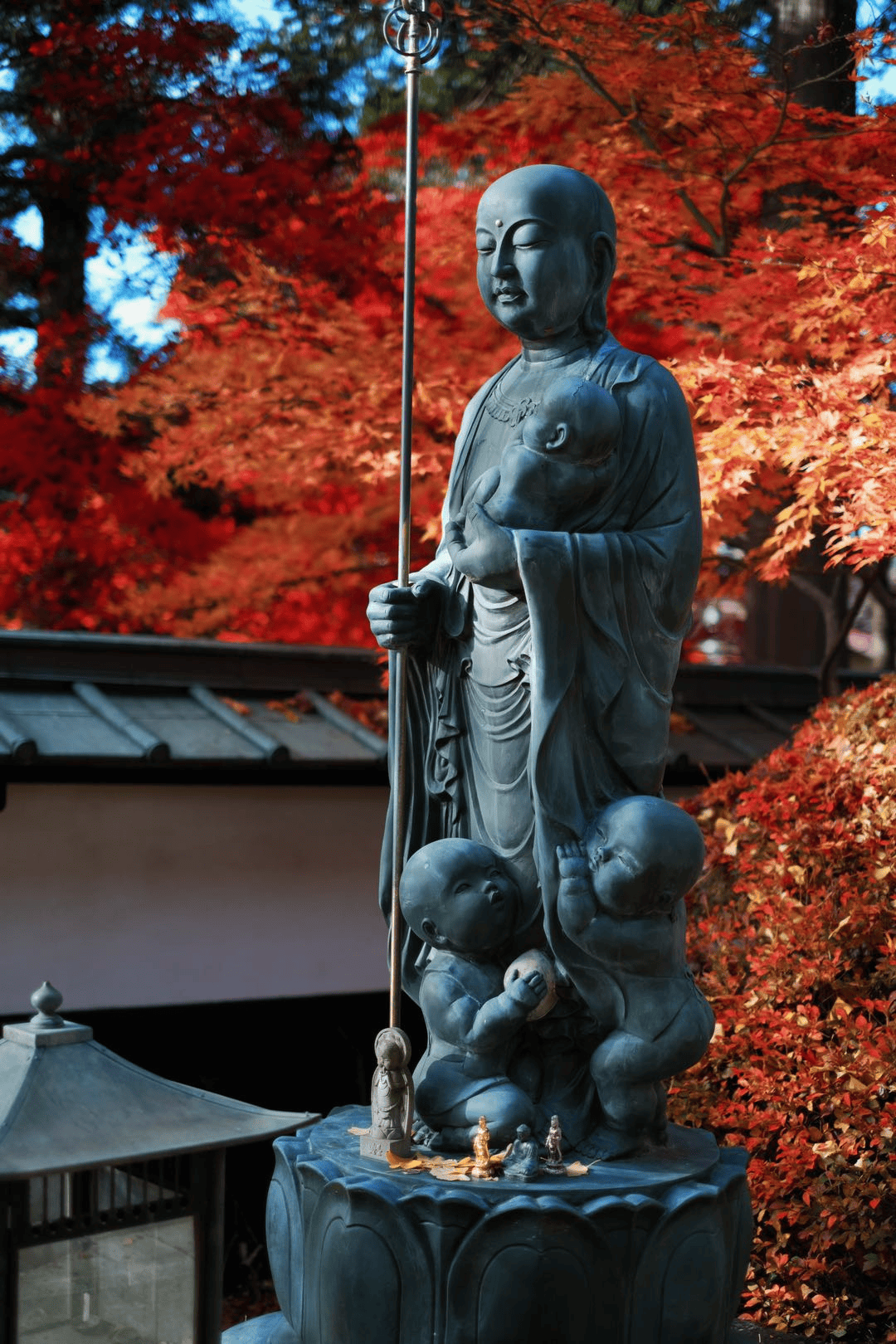
Choenji Temple stands as a testament to Japan's ancient and profound history. This Buddhist temple, established in 1649, is part of the Shingon sect. Its key structures include the main hall, bell tower, and scripture building. The main hall, the most significant of these, enshrines the temple's principal deity.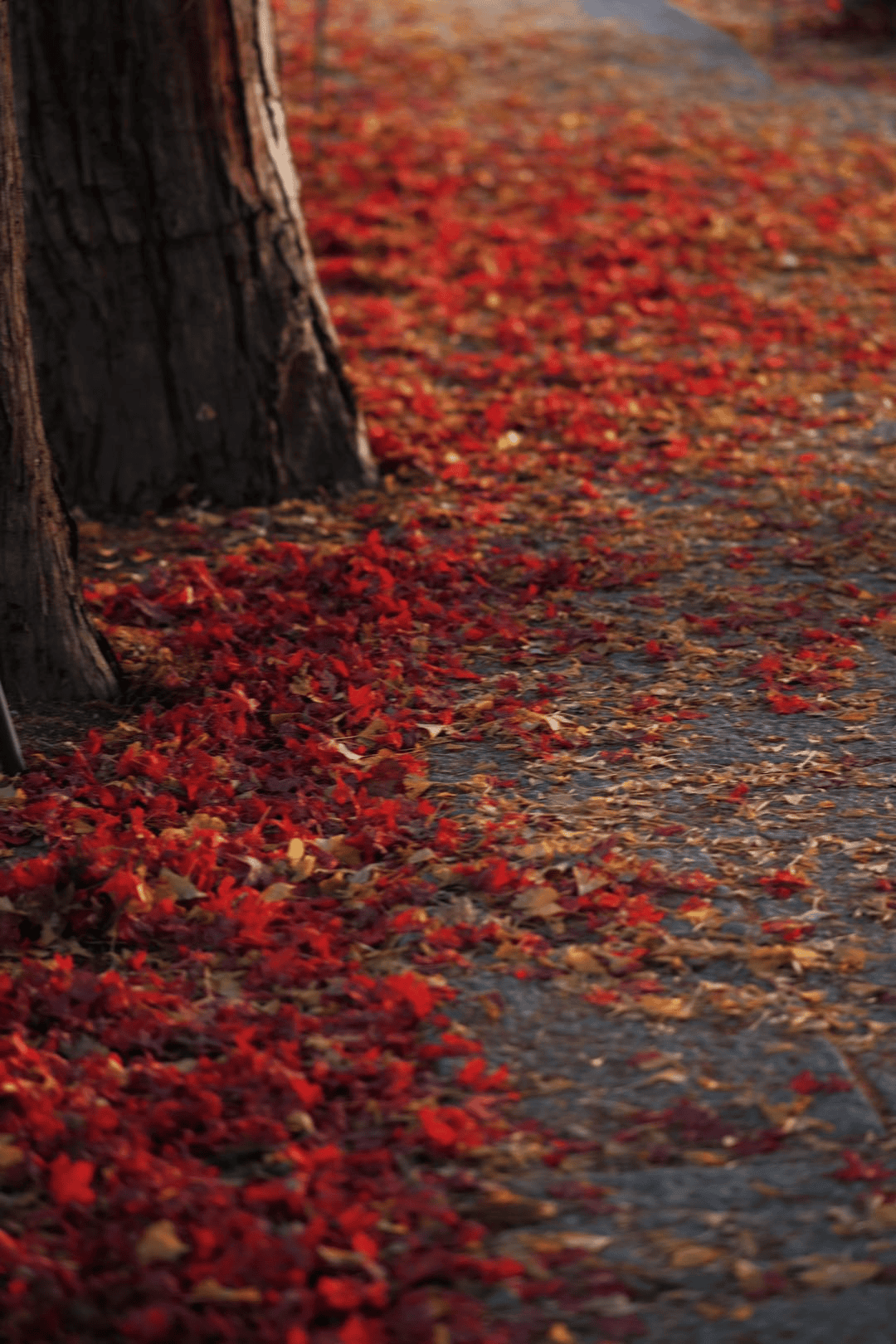
Despite suffering damage through various historical upheavals, the temple has been carefully restored, preserving its legacy. During tumultuous times, such as the Warring States Period and the Edo Period, Choenji Temple held significant social and cultural importance, symbolizing local spiritual and political strength.
Stone Carvings and Jizo Statues
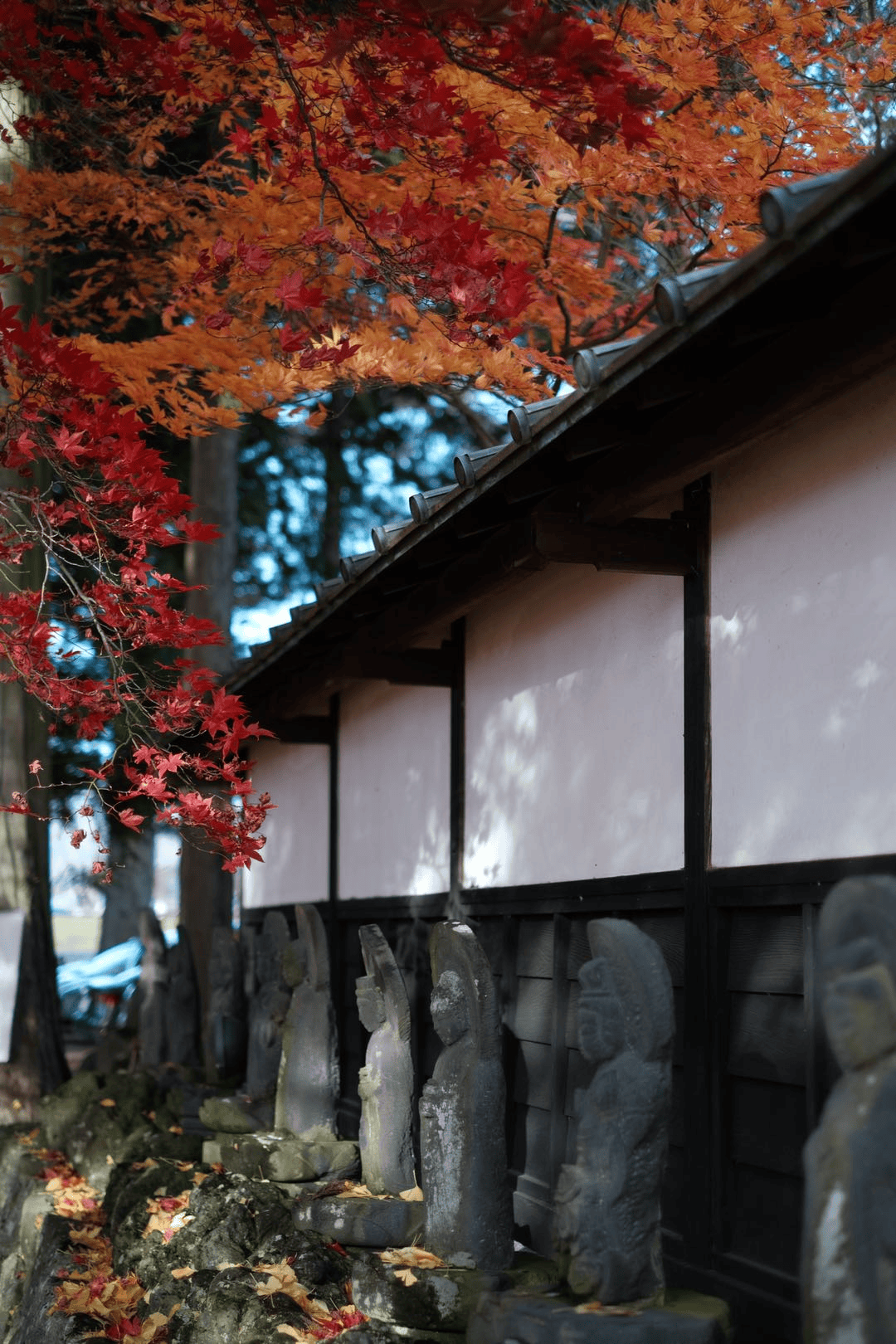
The perimeter of Choenji Temple is graced with numerous small Jizo statues carved in stone. These Ksitigarbha statues, scattered throughout the temple's courtyard, vary in appearance and style, reflecting the different eras in which they were crafted.
In Japan, Ksitigarbha Bodhisattva is revered as the protector of all beings, particularly children and the souls of the departed. Each of these small stone statues carries deep religious meaning, symbolizing salvation and compassion. They also serve as memorials for lost loved ones, especially children. Visitors often adorn these statues with tiny garments or trinkets, a heartfelt tribute and prayer for their departed relatives.
Over time, these Ksitigarbha figures have become a defining characteristic of Choenji Temple, drawing numerous tourists and devotees to pay homage and remember their ancestors.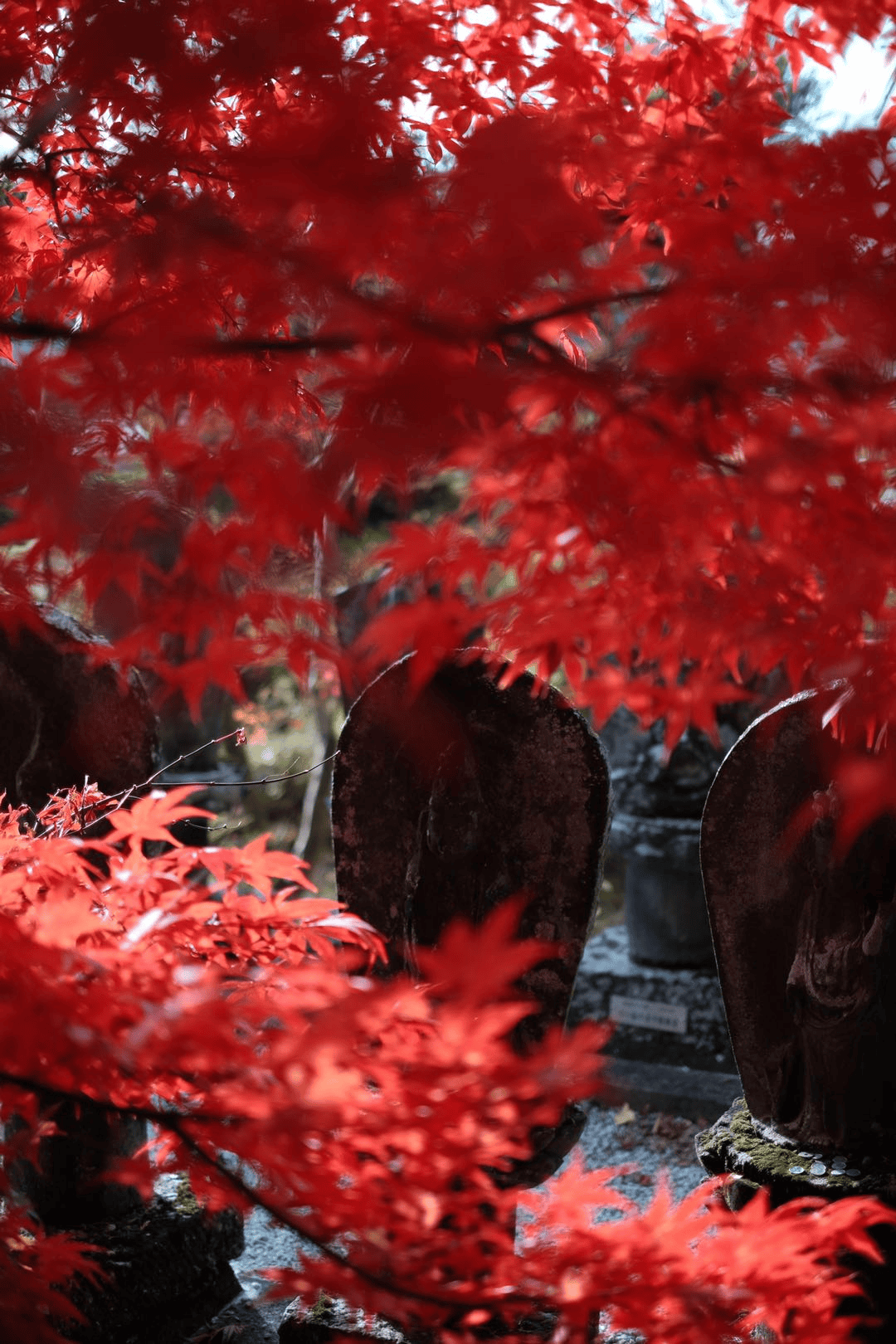
The temple's autumnal display of red maple leaves and golden ginkgo trees further enhances its natural splendor. This seasonal beauty is a quintessential aspect of Japan's autumn and winter landscapes. A visit to Choenji Temple offers a soul-enriching experience, immersing visitors in the depths of ancient spirituality and nature's beauty.
Getting to Choenji Temple from Tokyo
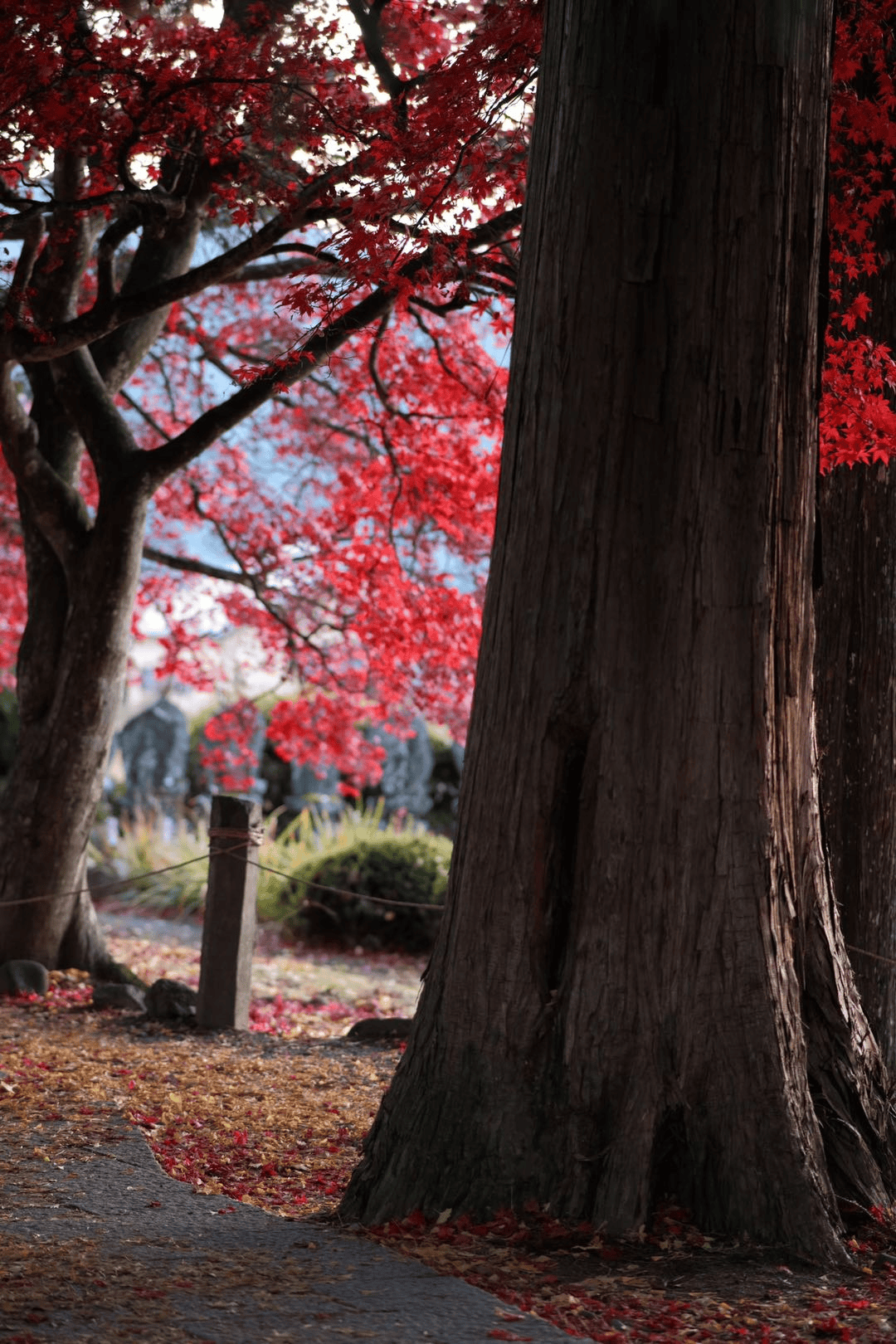
Choenji Temple is located in Tamagawa, Chino, in Nagano Prefecture, central Japan. From Tokyo, you can take the JR Central Line Limited Express train, which departs from both Tokyo Station and Shinjuku Station, to Chino Station. The journey takes approximately 2 hours. Upon arriving at Chino Station, board a local bus that will take you to the temple. The bus stop is conveniently located near the station’s exit and is easy to find. The bus journey to the temple takes about 30 minutes.
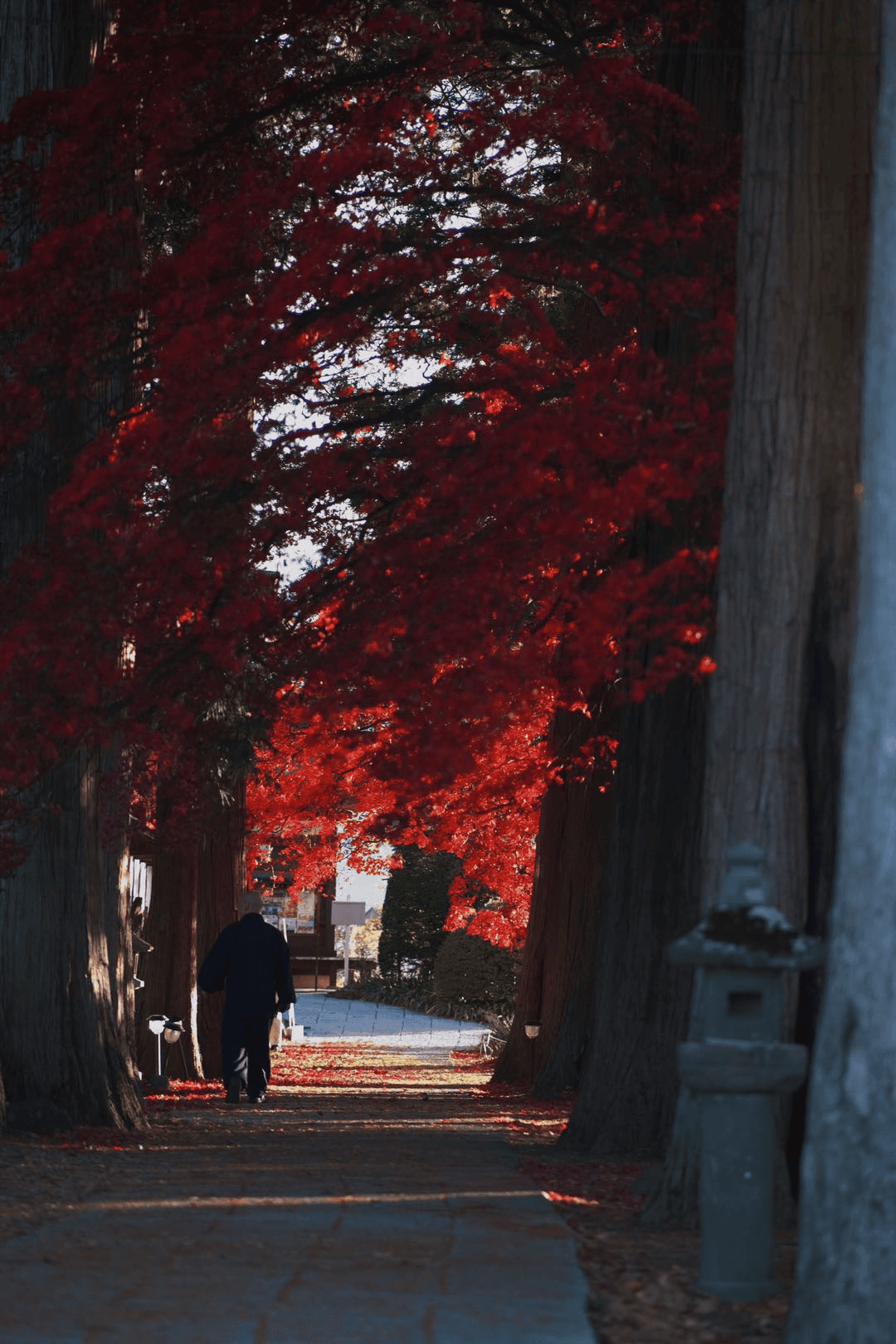
Please be aware that there is only one daily bus service to the station, making taxis a more reliable option. You can easily find taxis at the station entrance for the approximately six-kilometer journey. It’s important to keep the taxi driver’s business card so you can arrange a return pickup, as walking back to the station is quite challenging. Ensure a seamless trip by checking train times and planning your return journey in advance.
Download the Ikidane Nippon App: iOS / Android
Let us know if there is something that needs to be fixed: Feedback Form




